The Article
Conductor 3X Reference From Burson
11th June 2020
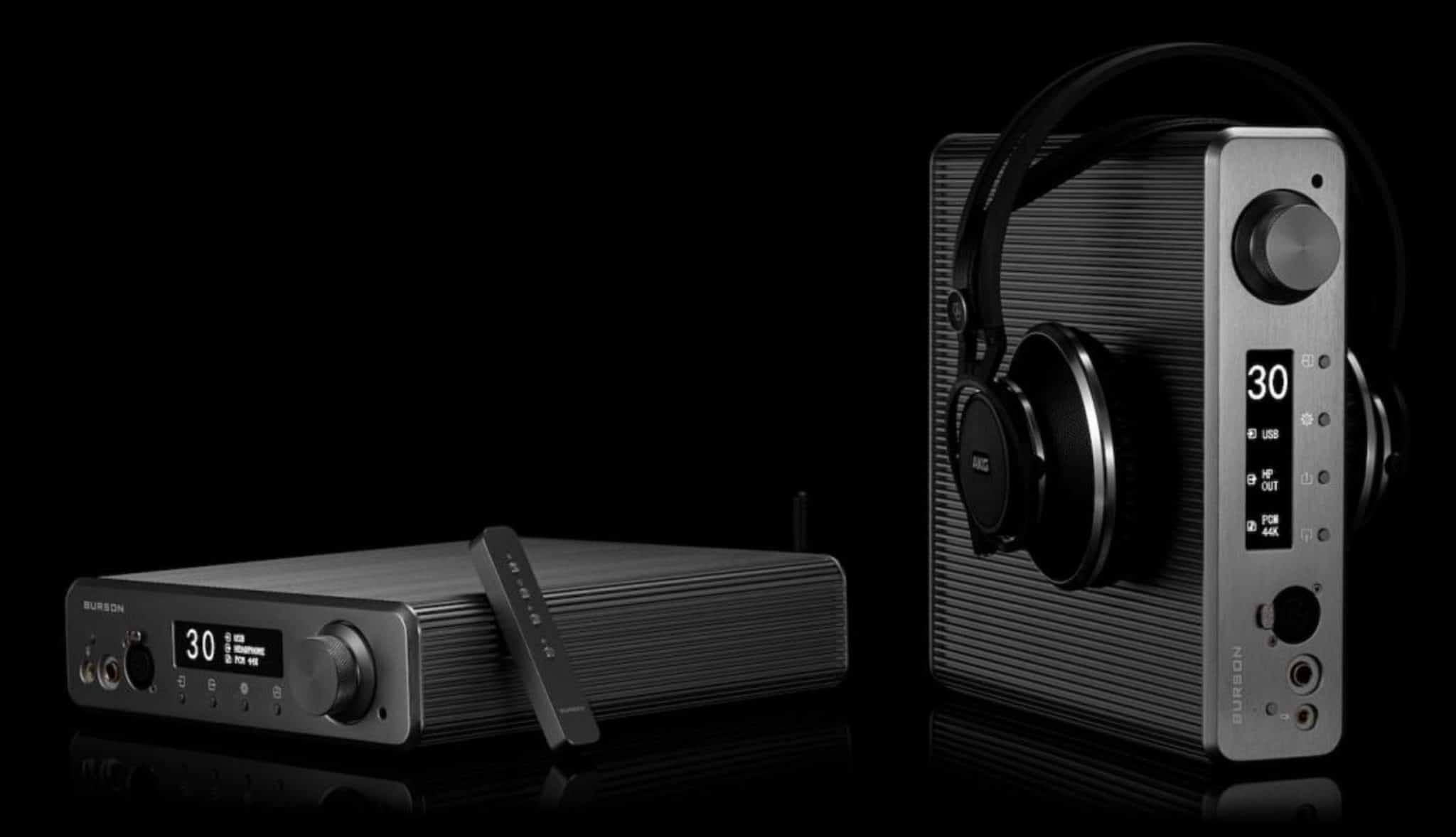
A headphone amplifier, pre-amp and DAC, this balanced unit is a real Curate’s Egg of a system. Paul Rigby smiled and frowned and smiled and…
A fully balanced version of the Burson Conductor 3, this is a busy little unit and no mistake. There’s a host of tools available within this compact chassis.
Inside are two Sabre32 ESS9038Q2M DAC chips, one per channel, offering up to DSD512 and 32bit/768khz audio (not, I assume, the 38bit as stated on the Burson website) covered by an optical and coax on the rear. They arrive with an array of filters but we’ll get to those in the Sound Tests.
Staying on the rear of the unit and also connected to the DAC is a USB-C socket to connect a laptop but also phones and tablets. A connection cable is supplied in the box.
A Bluetooth 5.0 receiver is fed by a Qualcomm CSR8675 chip. This aptX HD feature is operated using a stubby little aerial, fixed to the rear. A barrel-connector links the switch-mode power supply. Burson has reportedly moved away from the large transformers/power capacitor designs to, it says, improve impedance.
The rear is where you’ll also find two pairs of XLR inputs for headphones, a pair of XLR DAC outs and a pair of XLR Pre outs.
On the front are 6.35mm and 4-pin XLR headphone sockets, power button, input source selector (i.e. USB, Optical, Coaxial, Bluetooth, Analogue 1 & Analogue 2), output selector (i.e. Headphones/Pre Out/DAC Out), Settings button and volume/select/mute knob.
The Settings option controls the filters I mentioned above but also a high/low headphone gain, screen brightness and factory reset.
There is also an OLED screen which offers output messages and notification. An adjacent button rotates this screen to be read vertically if you wish to store the Conductor 3X Reference in that same orientation. A useful and stylish addition.
Referring to the tech installed within, Burson stated that, “Burson Audio is challenging the conventional and pushing the boundaries of audio excellence through innovation. A decade ago, we argued against using IC opamps on the audio signal path. Today, our discrete audio opamps are industry benchmarks.”
When I read that, my left eye squinted a little. I’ve nothing against Op Amps and find some hi-fi creations that utilise them work well and sound great. For this relatively high priced product, though, well I expected more. Call me old fashioned but I think of Op Amps in lower costs units or, failing that, cheeky little upgrade mod kits. My mind is nothing but open, though, so I was eager to hear how these items has been implemented.
While there’s been a lot of attention paid to the actual hardware from Burson, there are some other issues here which indicate that the company still needs to apply itself to the user experience and user expectations.
THE MANUAL
To begin? I was very disappointed in the manual. Firstly because the box failed to contain one and secondly, when I did find one online, a PDF from Burson’s website, that proved to be bare, lacking in a host of necessary information and offering next to no hand holding. As the manual is so small then, what justification is there to only have a manual available as a download? If a company like iFi, for example, can provide a host of essential DAC/headphone amp product information on a slim fold-away card, why can’t Burson?
I’ll give you an example of the many manual issues I encountered.
When referring to the gamut of DAC EQ filters, the PDF manual provided a brief list of the same with no explanation of the included filter acronyms. What does ‘MP Low’ mean, then? Burson isn’t saying. Worse, Burson refuse to tell us what the filters actually do. Do they know? Burson would rather ESS do that job, it seems. That’s why Burson includes a link to an ESS, highly technical, 64-page DAC chip document which was obviously not intended for general public use.
I repeat, it has no place at the end-user position.
Let me show you.
OK, this is the first page you see. Friendly and wholesome isn’t it?
In fact, this ESS-created document promises to scare the bejesus out of the technically wary. When you buy a nice, new shiny piece of hi-fi equipment, should you have to even glance at an IE/Convection Reflow Profile graph? Such things are included in this technical document. Does that even have to be a part of your life? It’s has no place in mine, I have to say, and I’m a hi-fi journalist yet I was faced with this and more.
Especially scary is the word ‘Confidential’, plastered diagonally across each and every page, in large red aggressive type. I felt that Burson had abandoned me at this point.
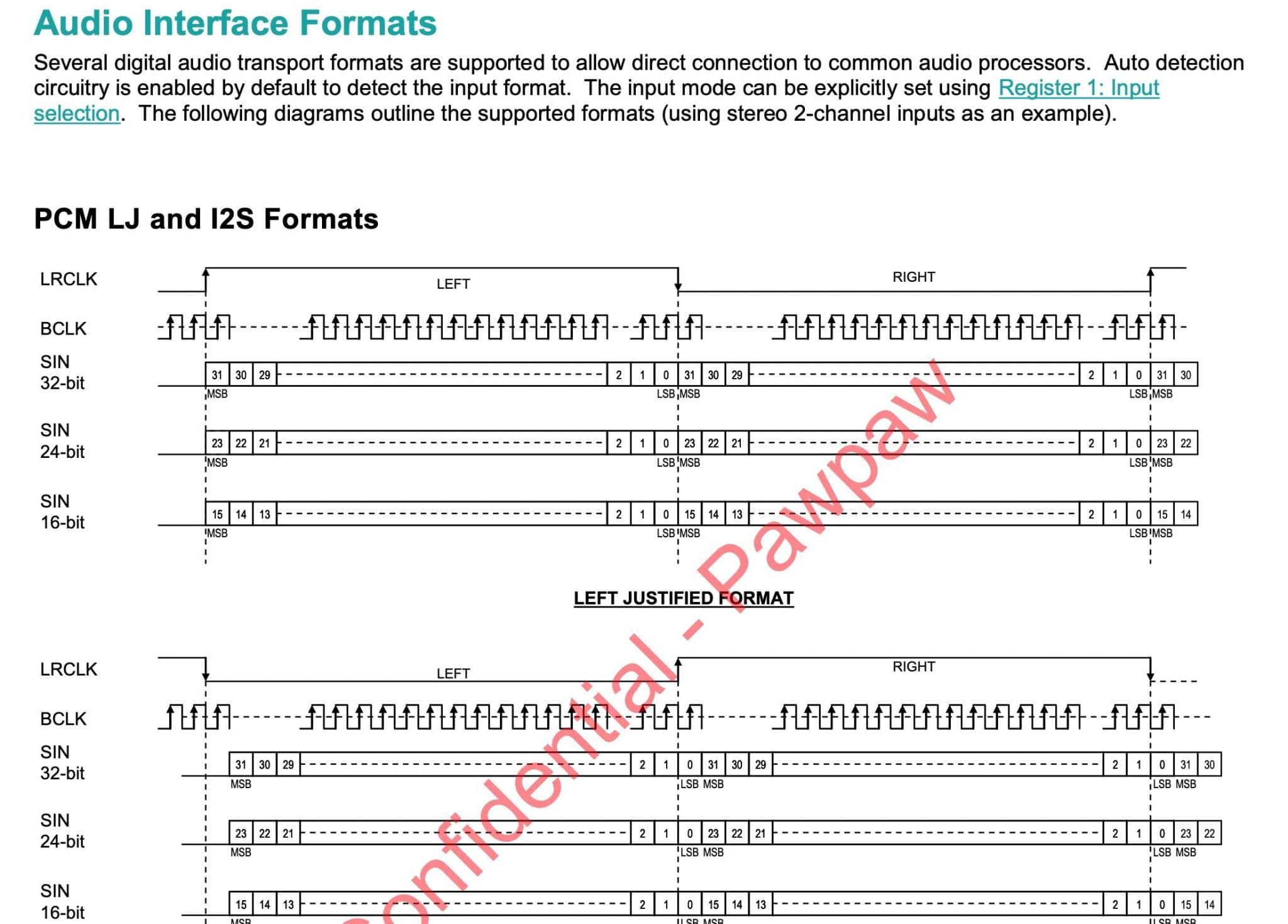
The filter information is, even here, relatively vague, hard to digest and hard to find, swimming around later in the document (page 53, actually!) so you need to scroll past lots (and lots) of techie guff to even get there (as you can see above)
Burson need to rid themselves of this document immediately. After pressing the delete key on that, with the same moment of the hand, they need to get on the phone and employ a new member of staff who can write a manual which needs to be inserted into the packaging.
Next? The rear of the chassis is sadly lacking in signage. If you look at the rear of the unit, all you will see are X1, X2 (a reference to the children’s TV programme Thunderbirds maybe? Who knows?) a couple of rather techie images on the left and rather runic signs on the right, perhaps created from the fevered mind of J.R.R. Tolkein or attributed to an illegal cult? Is it any wonder that Burson has had to resort to heavily annotating this area in its PDF ‘manual’?
As an side, I did like the set-up information read out, presented via the front-mounted OLED screen. The Reference will tell you exactly what input you’re using, the selected output and the resolution. I like that, it’s a sensible addition. Again, it’s a shame that the interface buttons to select this information are as mystifying as the labelling on the rear of the chassis.
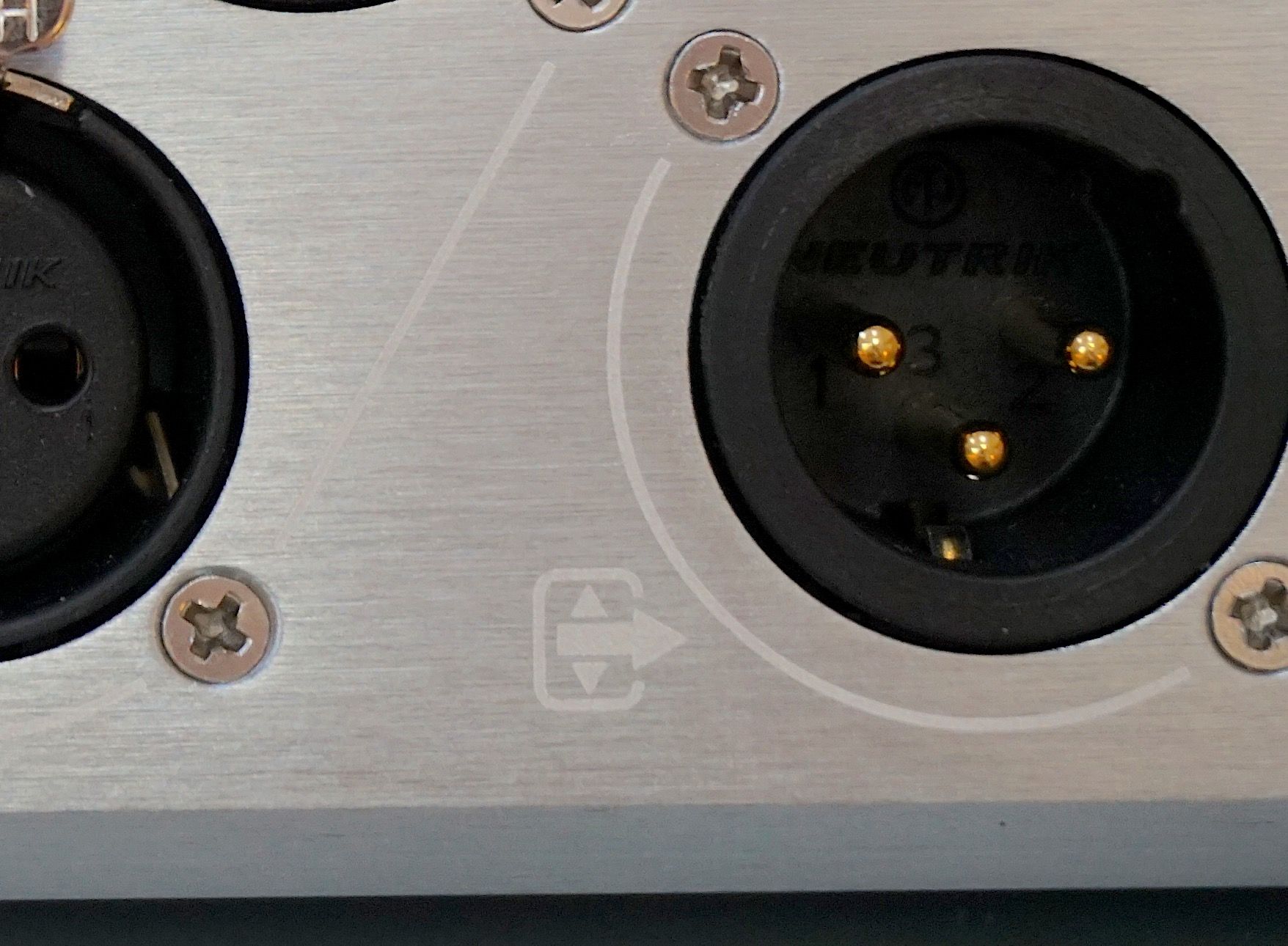
There’s also a mic input which is designed for, so I have recently learned, gamers. I’m a mite confused by this. As a high-end device, priced at over £2k, I find this addition a touch incongruous. Gaming and audiophile use are, as far as I’m concerned, mutually exclusive as each activity demands different facilities and specifications. I would have liked to have seen this feature removed and the price dropped or, better still, replaced with a Pentaconn socket.
That this unit should even be in the same room as someone shouting at the top of their voice, “Die! Die! Die! Shrivel like a slug in bleach and return to the hell you emerged from as you cower before the might of my laser cannon, you wretch! Haaaa!!!” is a little concerning, I have to say.
A PRODUCT?
Inside the box is a stick-like remote, about the size of a throwaway lighter controlling volume, inputs and mute. Run on a single battery (I think), the rear-mounted battery cover is (I assume) opened by a niche-style screw which requires a tiny screwdriver to open (not supplied, why?) I couldn’t test the remote because, despite owning an array of screwdrivers of various types and sizes, many of them quite esoteric, even I couldn’t open the thing. So I left it in the box.
Operating in Class A and pushing out 7.5W per channel, the unit is contained in what Burson call a Cool Case chassis, made from aluminium and electroplated to space-grey. It’s a lovely looking thing and is aesthetically a complete success.
It also acts as a “unified” heatsink and so is, ironically, anything but “cool”. Well, it cools the insides sure and maybe that’s the original derivation of the name but the case itself is pretty warm to the touch after it has been on for a while. This is Class A amplifier, don’t forget, and Class A is a hot potato.
Inside are socketed op-amps which can, I hear, be upgraded in the future. You are supplied with a box of Op-Amp chips. Not, reportedly, for you to use but to act as warranty supplies in case an Op-Amp dies. These ‘spares’ can apparently be used to find the fault. I question why they’re included in the box, though. Surely, only the dealer/retailer should have these?
Look, I’m sure Burson is run by very intelligent, dedicated, sensible and very nice people but the company has failed the user here. It has not produced a hi-fi product. A hi-fi product is different, very different from hi-fi technology. A hi-fi product is an amalgam, a recipe. Something that you sell to the public in the marketplace. Something that they use and/or consume. A product consists of a number of different elements that go to form a product experience. When you release a hi-fi product, that includes the technology itself but also the case and signage that facilitate its successful use, all of the ancillaries, the manual(s) and important packaging. Burson has created a fascinating piece of hi-fi technology. It has not created a usable hi-fi product.
Before we leave this section, one more thing. Mac owners can run the unit ‘as is’ but Windows users will need to download a driver, supplied by Burson on its website. Spanning 255 x 270 x 70mm, the whole kit and caboodle weighs in at 5kg.
After spending much of my initial meeting with the Conductor 3X Reference scratching my head, I was eager to move to the sound tests.
SOUND QUALITY
I began with a vinyl version of Greenslade’s Time and Tide prog outing on WEA from 1975 and was wholly impressed with size and space of the soundstage from the Conductor 3X Reference.
When you play music from a hi-fi over any form of device, the soundstage, the place from which the music actually emerges, has to be given every chance. If not, it negatively impacts on the music itself.
The Conductor 3X Reference produced a large, expansive and rather epic soundstage that did the one thing you could hope for – it maximised potential.
By that I mean the music was given every chance to do its thing. It was given elbow room, so that each instrument could be viewed to its very edges, then a space could be heard before the next instrument began.
I pointed a finger at the balanced connection for this positive sound response. That is, the sense of space enabled the rather shy and hidden details to come forward, they were then lifted up to the air via the slightly lit midrange.
Yes, slightly lit. The Conductor 3X Reference is a solid state unit and that personality trait can be heard too. Bass was tight and punchy, there was a sense of power in the lower frequencies but there was also a slight upper midrange emphasis at times, especially during vocal crescendos that added an analytical sense to music delivery. Music fans who love a solid state sound will adore the Conductor 3X Reference.
These effects were also present on the CD version of Leo Kottke’s Great Big Boy (Private) from 1991. Featuring a rare Kottke vocal, percussion, bass guitar but dominated by the Kottke guitar picking. Hence, the slightly edgy plucked guitar strings were focused and so precise, you could almost hear the fingers running across the strings and they were being plucked, the release was sharp and honed. Transient performance was right on the money here. Backing percussion, although pushed back a tad to allow Kottke’s guitar to remain the star attraction, remained responsive, tactile and full of power.
That solid state effect could be heard easily over a variety of headphones as well as IEMs. The latter did reveal a touch of noise from the Conductor 3X Reference at higher volumes but that slight intrusion was only noticeable during between-track silences. What I did like during IEM use was how well the Conductor 3X Reference drove the IEM units, adding confidence and control to the upper mids and treble while providing a firm foundation to the bottom end. Again, the sense of space was just delicious to experience.
I then turned to the internal DAC and connected that to a 6000CDT transport from Audiolab to play a range of CDs.
Looking at the filter EQs on offer by the DAC, I noted that the so-called FIR filter set cannot be turned off. From what I can surmise from the ESS document, these options change the filter shape. So I thought it best to first run through these filters to find the best one and then continue with the rest of the review using my preferred filter.
You will need to do the same when you buy this product, if you want to maximise your sound.
I started with the Conductor 3X Reference in MP Slow mode which appeared, upon study of the ESS techie manual, to be ‘minimum phase slow roll off’ which offered good detail, an open soundstage, slight hardening around the leading edges in the mids. I mean things like string plucks and the like.
The ‘minimum phase fast roll off’ appeared to offer a similar performance envelope but accentuated those leading edge mid effects.
Linear phase fast roll off was a lot better in terms of midrange performance, being more balanced and open with less attack on those string plucks. I felt the performance could improve, I have to add, but the general play was admirable with a relatively open soundstage.
Linear phase slow roll was the best of the four filters thus tested with more air and space injected into the performance and a sense of depth arising around the stereo image while bass exhibited more reverb response after drum strikes.
Apodizing fast roll off was, from what I could make out from the sketchy information in the manual, the default filter setting. This filter continued in the right direction, at least it did for my ears, removing more of the shine away from the mids, increasing a naturalistic response from bass and adding more space into the soundstage. There was still a light shone upon the mids here to provide that signature solid state effect on the sonic response, though.
Next in the list was CMFR. I have no idea what that was and, when looking in the accompanying technical manual, could only assume that corresponded to hybrid fast roll off, as stated in that manual. That’s only a guess, though. This filter seemed to have turned the corner and was travelling from whence I had just come, adding compression to the sound again. So I quickly moved onto the final setting, the brick wall option. This filter didn’t sound promising at all. It wasn’t either, sounding flat and rather metallic in an unpleasantly digital fashion.
The Burson manual did mention, within the filter option list, a “reserved” option. Again, I have no idea what that refers to or what it means and no explanation was forthcoming from Burson on the matter. The “reserved” option did not appear in the hardware menu. I assume its a space for an additional filter but, hey, who knows? So why have it there at all? This is a finished product, isn’t it? Not a beta version.
I thus preferred the default filter option, apodizing fast roll off and carried on with that filter in place.
Next, in the menu was a DPLL option for PCM and DSD. Again, there was no explanation from Burson what this was but further independent research told me that it referred to the DAC chip rejecting jitter. Setting the menu option to ‘low’ forces the chip to reject more jitter while the ‘high’ option rejects less but locks the signal more securely. There is a ‘mid’ option in this menu list too, incidentally.
My tests showed that, with the DPLL set to ‘low’, the midrange continued to open up and more space was allowed to circulate around the soundstage. The midrange hardening was reduced further here and bass was further balanced. I didn’t experience any issues with signal loss.
Onto the Emphasis option, also present and correct on the menu screen. Again Burson say nothing about this choice. It appears to flip/flop from a flatter signal to one where treble rolls off. I preferred this setting at Off, which produced a more naturalistic suite of upper frequencies.
So, after all of that? I was finally able to change sources and played a slice of Marvin Gaye’s Mercy Mercy Me, as a lossy file via Bluetooth. Because of the inherent solid state nature of the Conductor 3X Reference, merely enhanced into a slightly hardened fashion by the DAC, I was forced to reduce the gain of this stream – which is not the best delivery system in the world. I was happy to hear a wide and expansive soundstage from the Bluetooth output. The latter provided a great platform to hold a gamut of instruments, evenly distributed to allow maximum detail to spew forth. There was a lot going on here which provided a rich and involved presentation.
I then turned to DSD and Eric Bibb’s Meet me at the Building at DSD128 via my MacBook and USB. Again, upper mids and treble were rather solid state in tone and there was a hardening from the accordion, acoustic guitar and secondary percussion but the trademark richness in terms of bass weight and heft was present and correct here with the layered and busy soundstage producing a host of information and detail.
CONCLUSION
The Conductor 3X Reference is real Curate’s Egg of a product. It needs a re-written manual as a matter of urgency and re-labelled chassis to prevent user confusion while a new remote wouldn’t go amiss either but this box remains a beautiful looking product that’s packed with features. If you enjoy a solid state presentation and are looking for a streaming facility with Bluetooth and DAC facilities connected to multiple port options in a relatively small footprint package then the Burson Conductor 3X Reference might just be for you.
BURSON CONDUCTOR 3X REFERENCE
Price: £2,200
Website: www.bursonaudio.com & www.eliteaudiouk.com
Tel: 01334 570 666
TO BUY CLICK BELOW:
GOOD: expansive soundstage, detail, bass punch, aesthetics
BAD: manual, chassis labelling, filter documentation, remote design, mic
RATING: 7
[Don’t forget to check out my new Patreon Page at www.patreon.com/audiophileman, for exclusive postings, giveaways and more!]
REFERENCE
Origin Live Sovereign turntable
Origin Live Enterprise 12″ arm
Van Den Hul Crimson XGW Stradivarius Cartridge
Icon PS3 phono amplifier
Aesthetix Calypso pre-amp
Icon HP8 Mk.II headphone amplifier
Sennheiser HD800 headphones
Blue Horizon Professional Rack System
Harmonic Resolution Systems Noise Reduction Components
Gutwire Consummate Grounding Cable
Air Audio AC-2K Balanced Transformer
All vinyl was cleaned using an Audio Desk’s Ultrasonic Pro Vinyl Cleaner

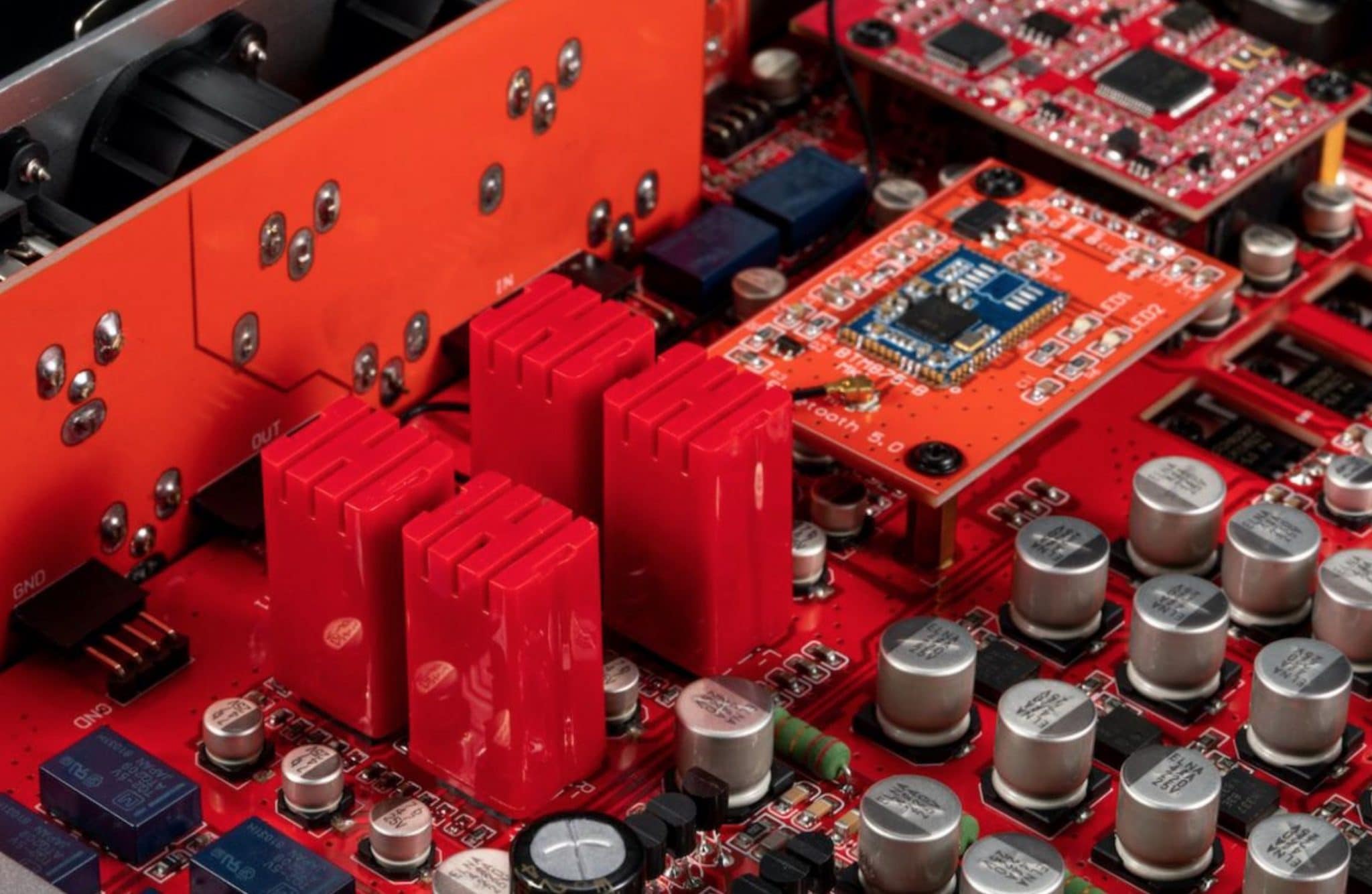
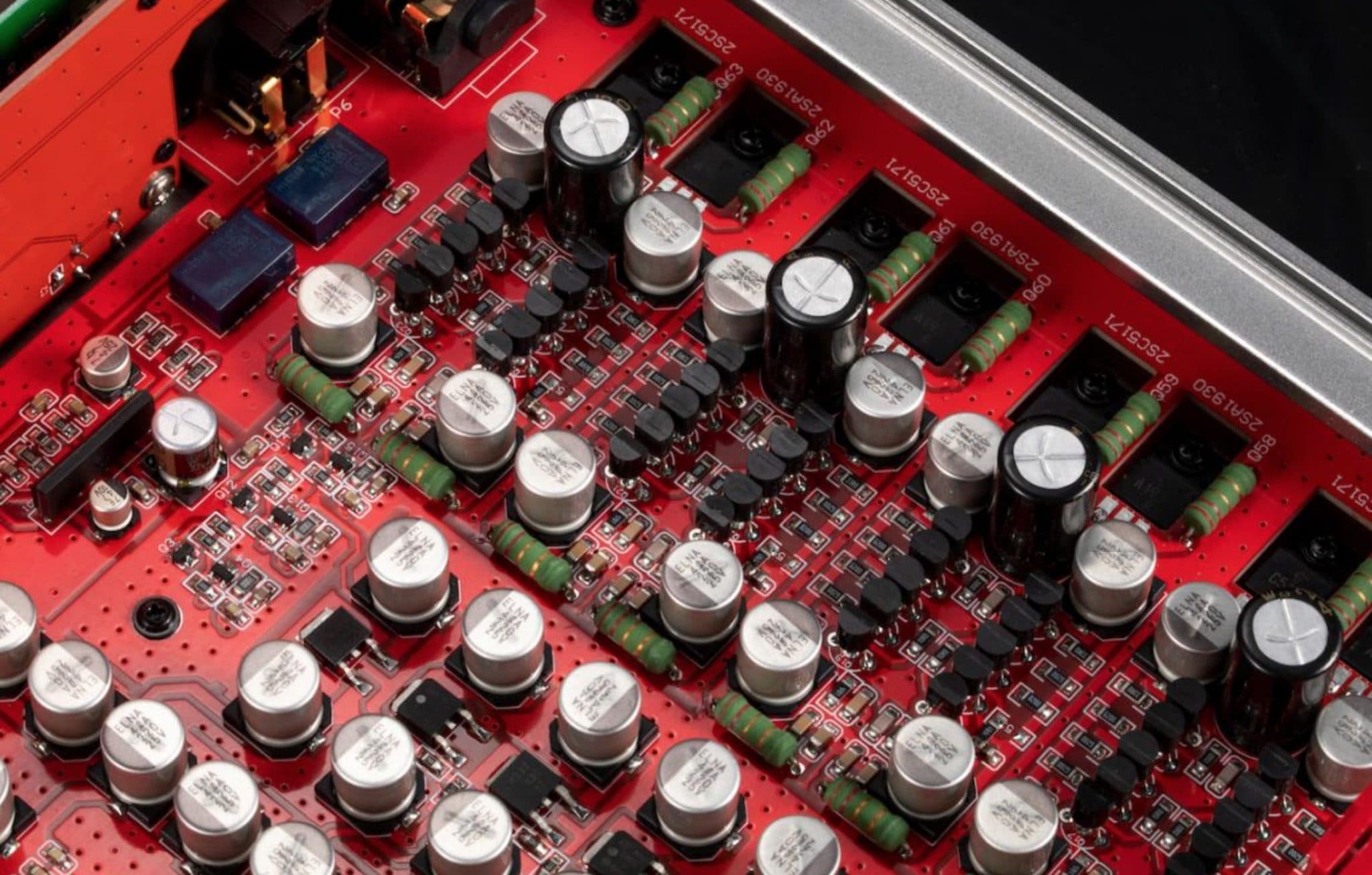
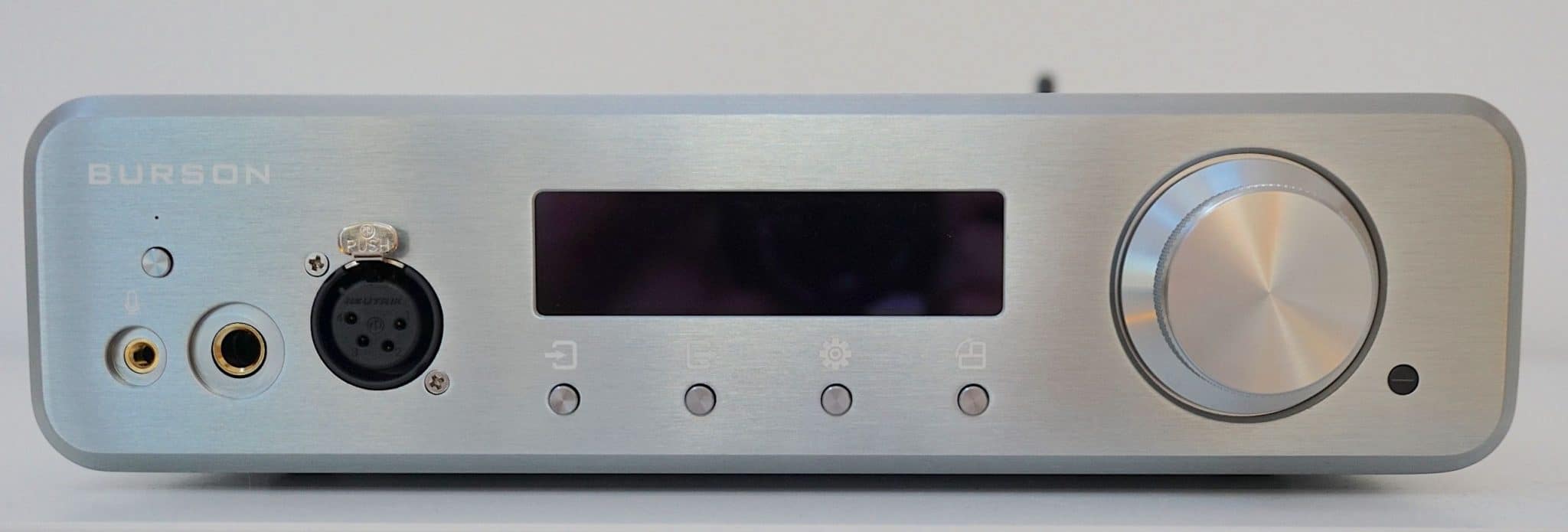
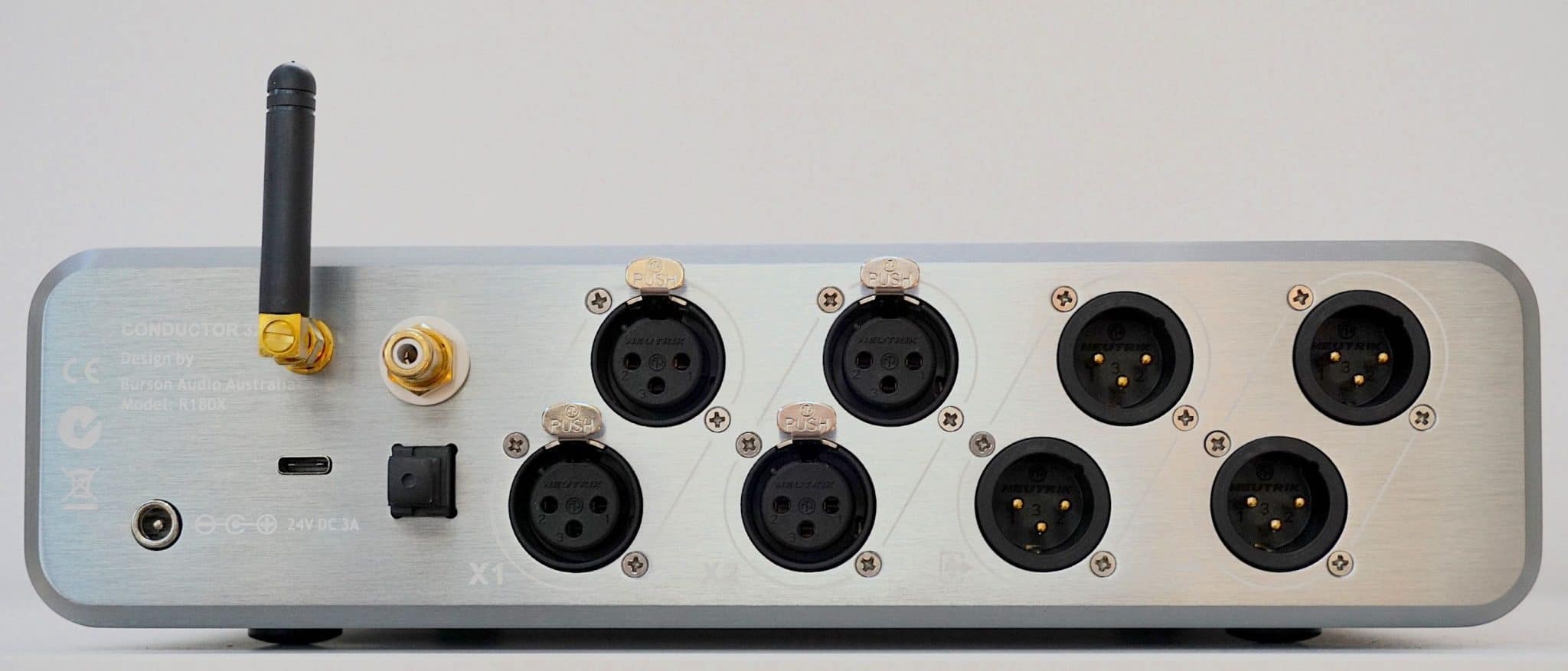
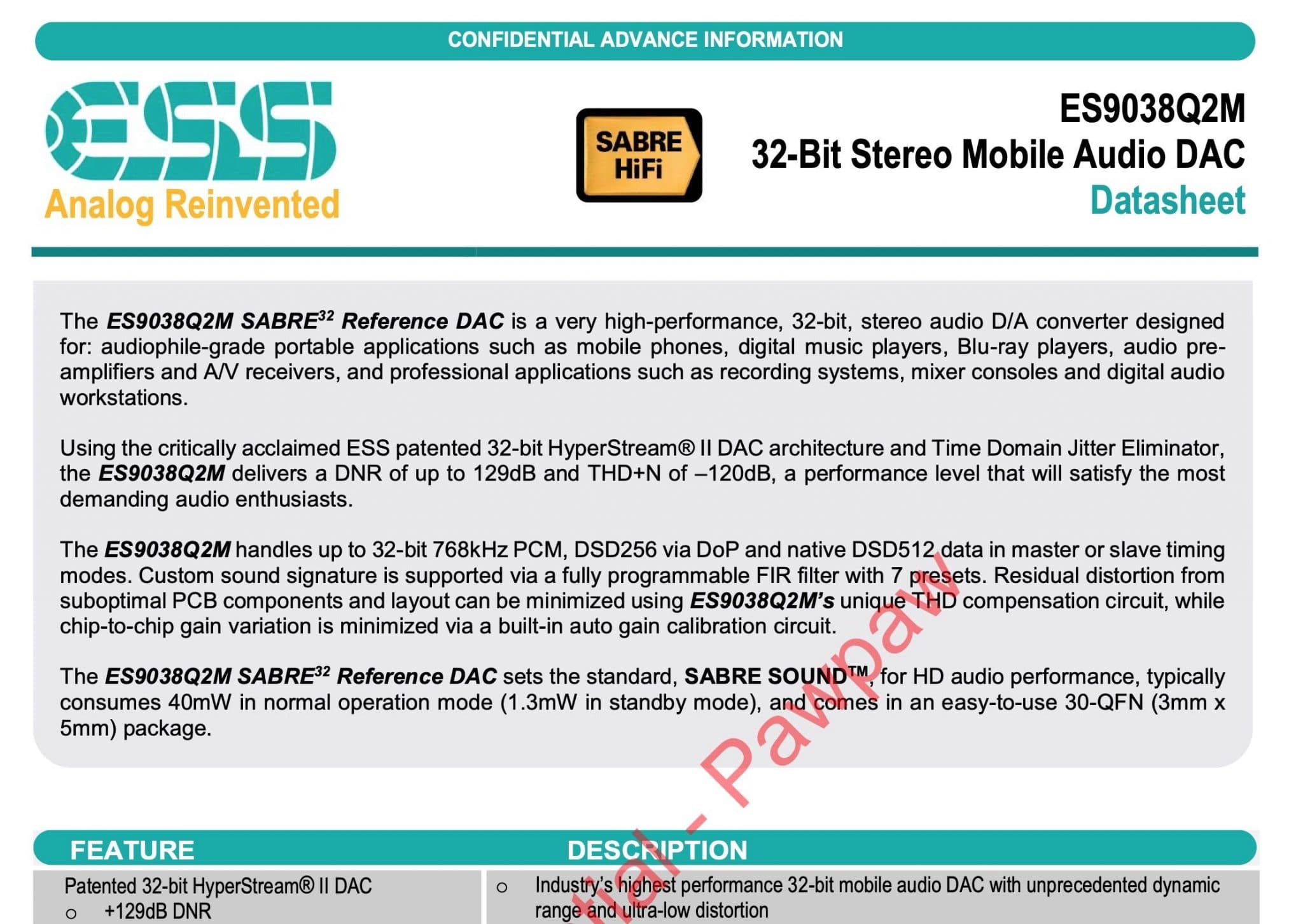
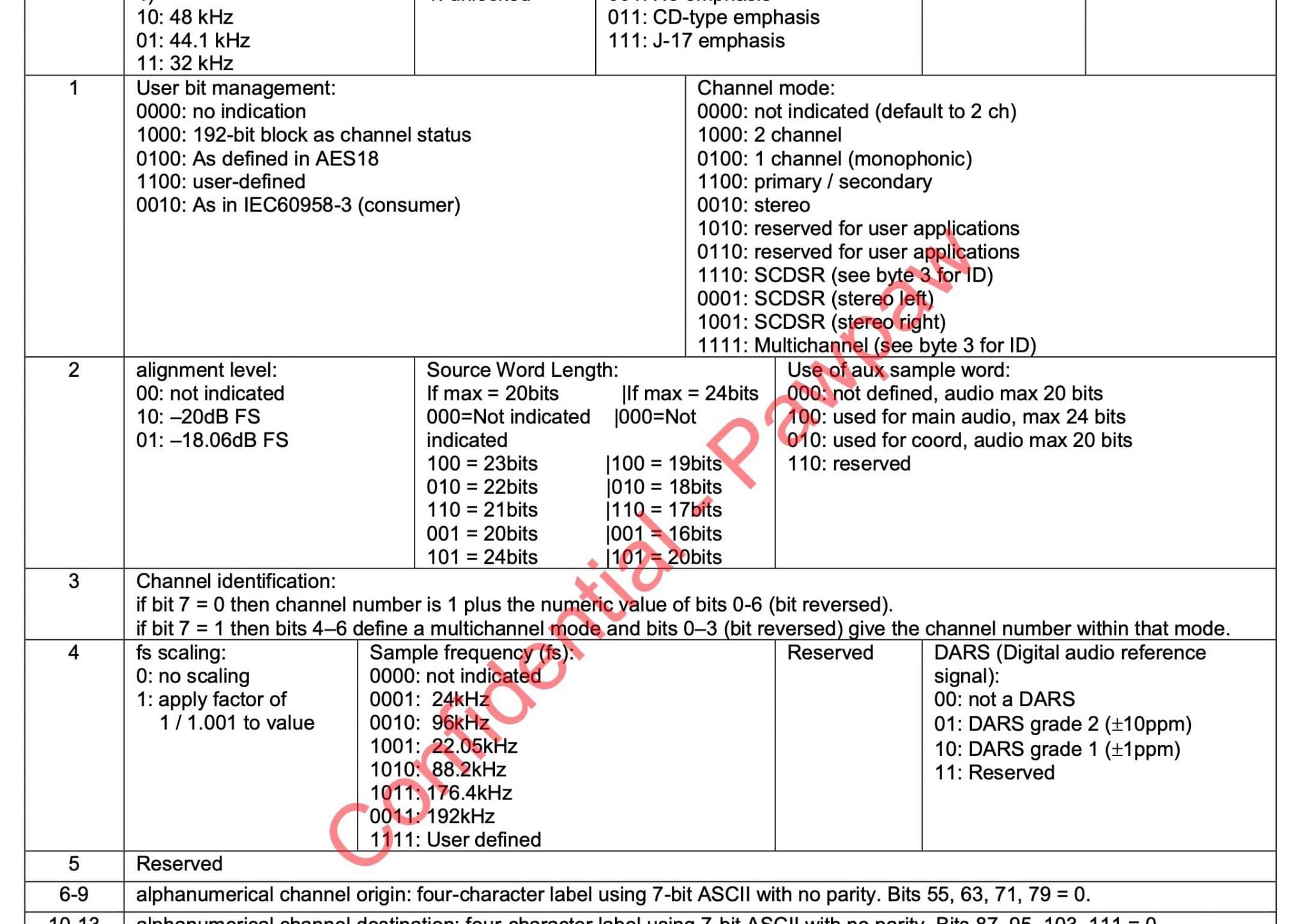
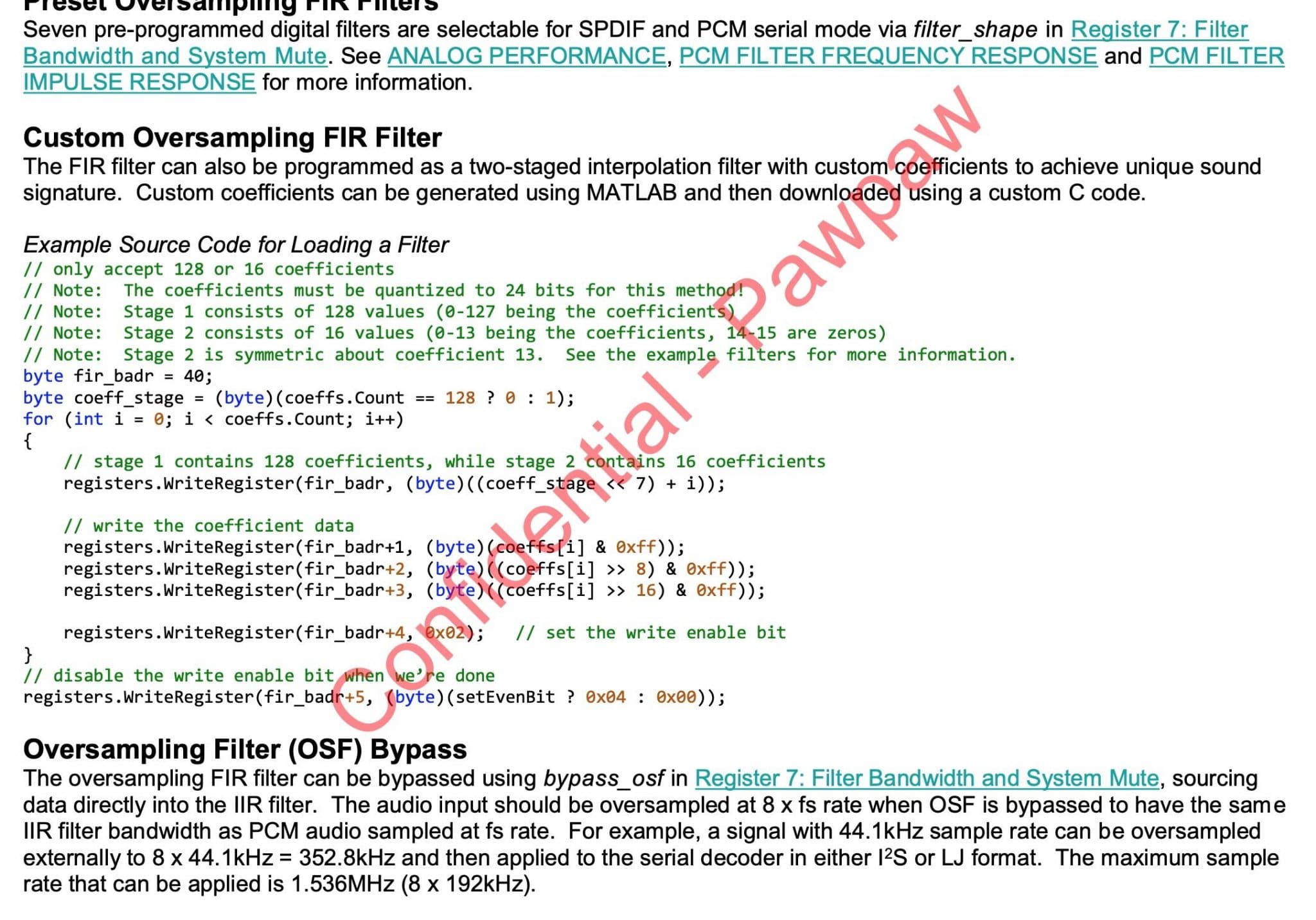
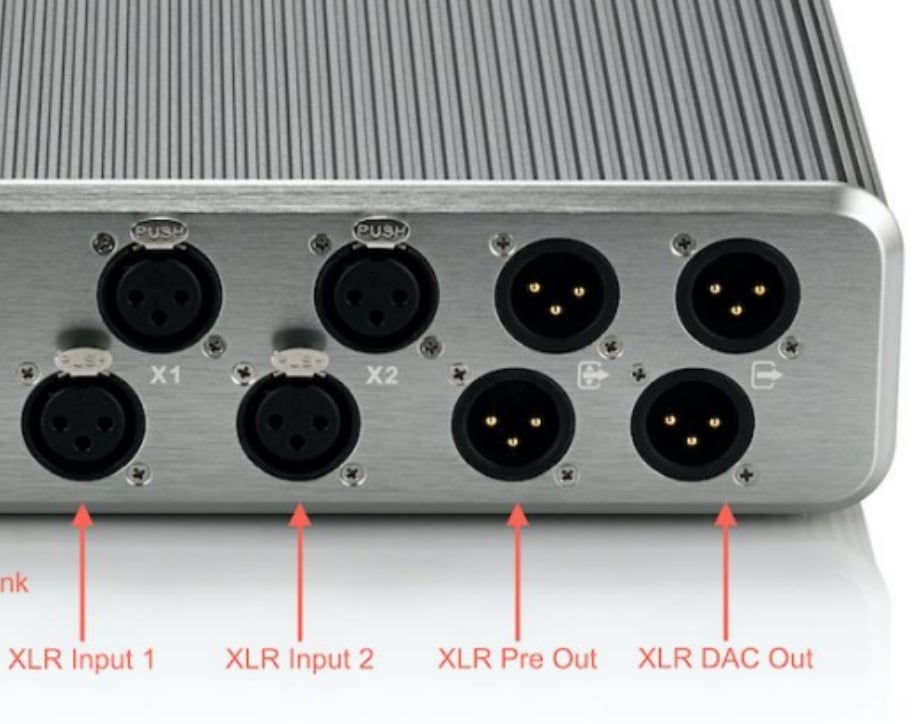
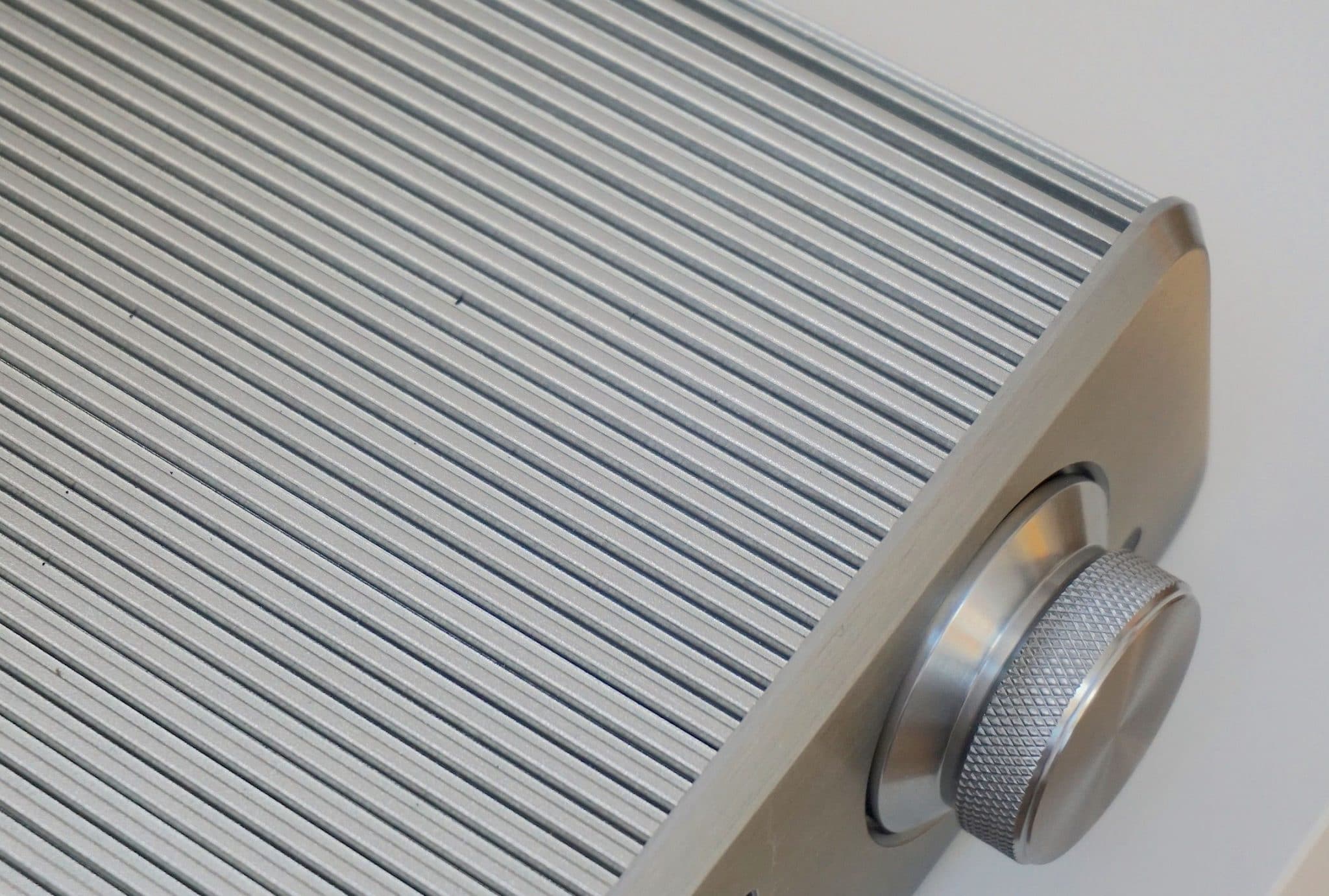
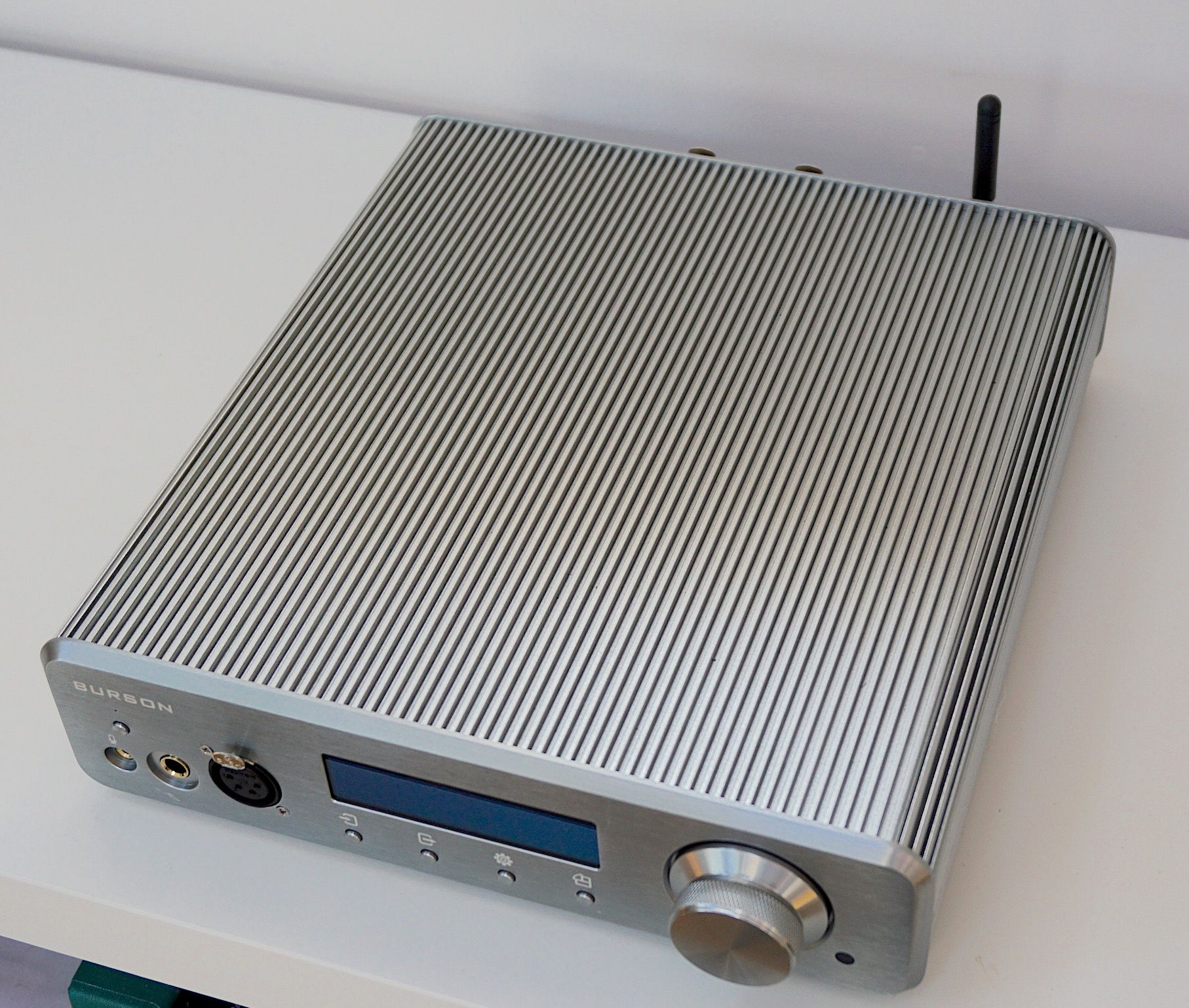
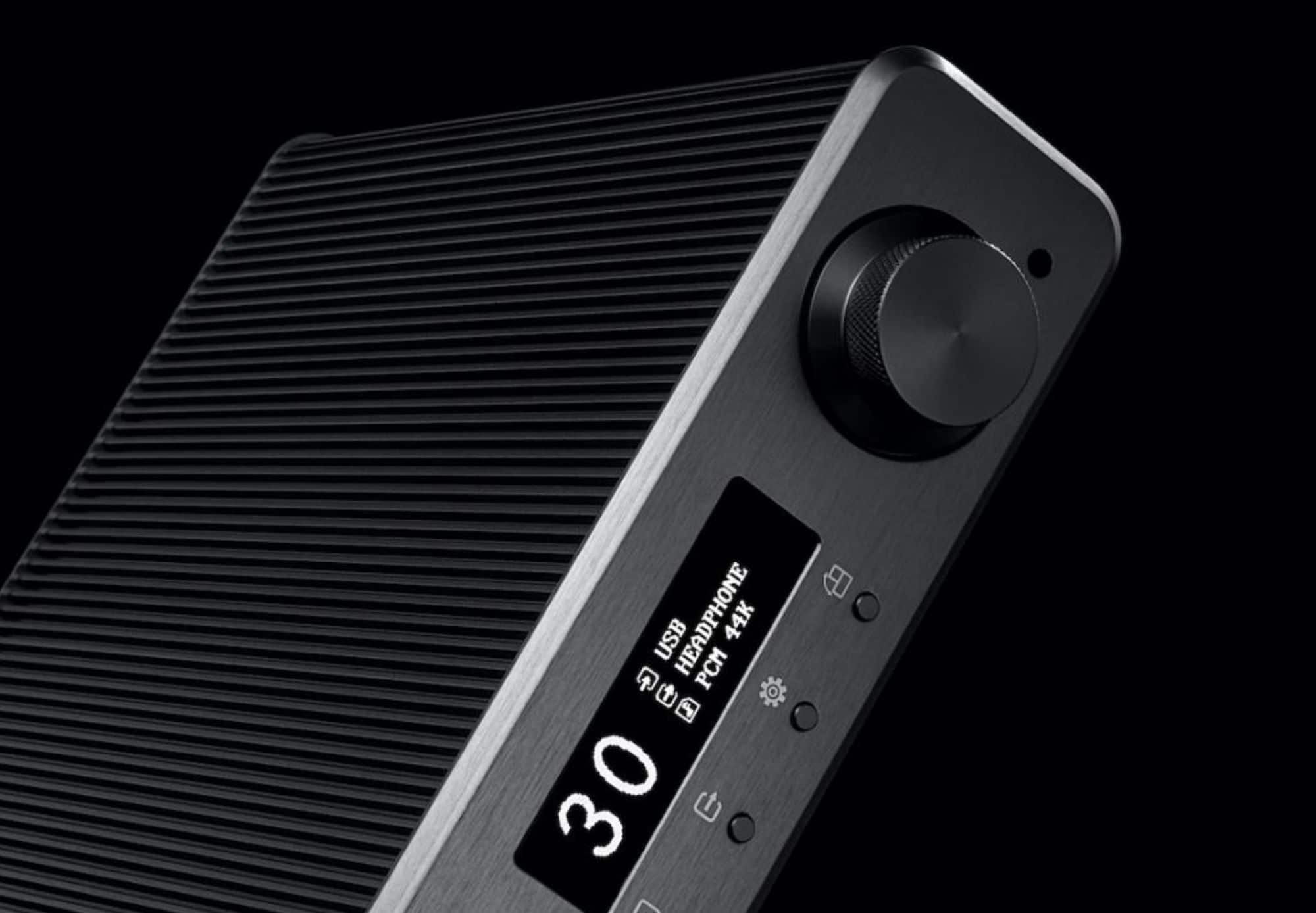
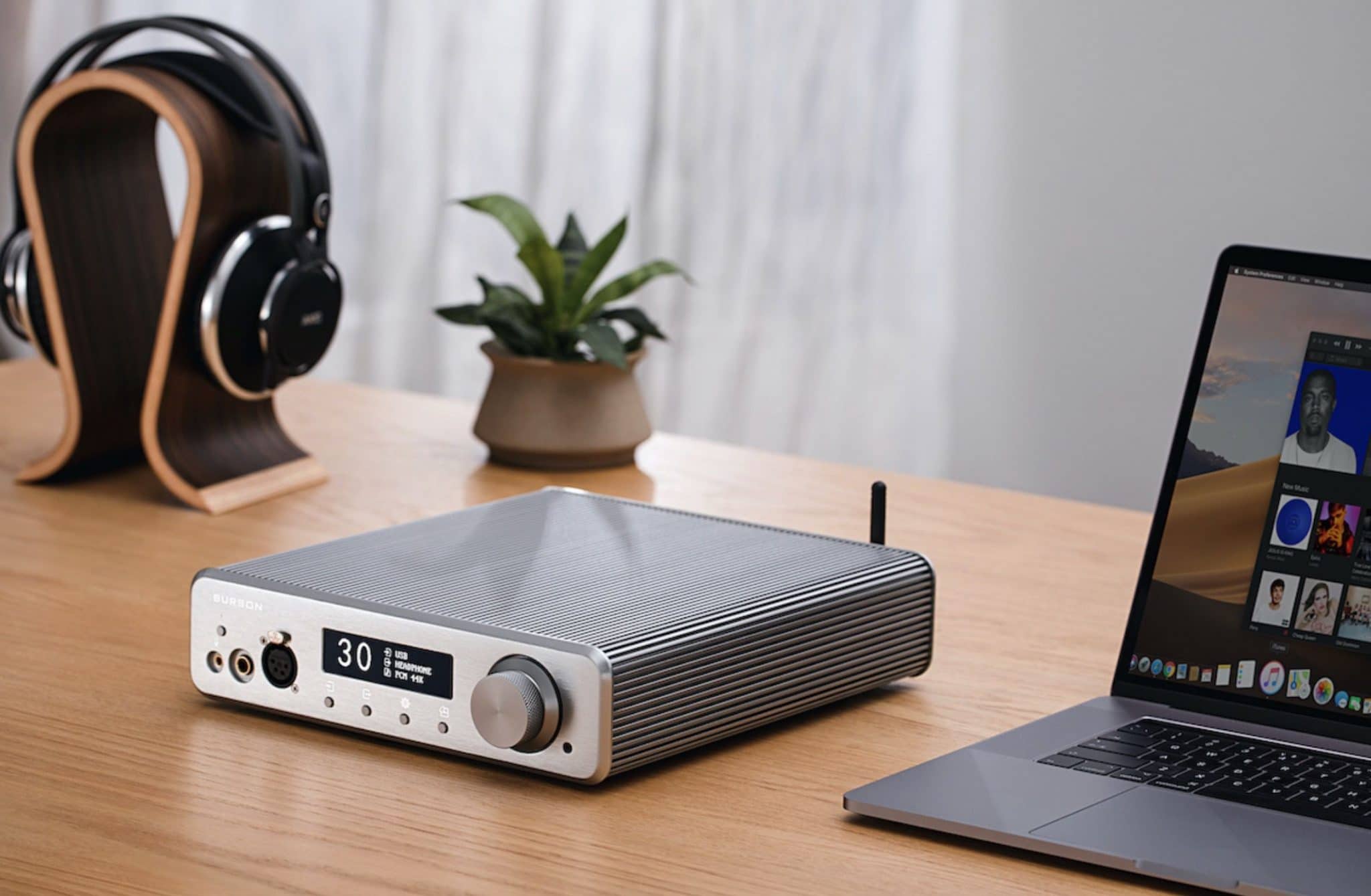
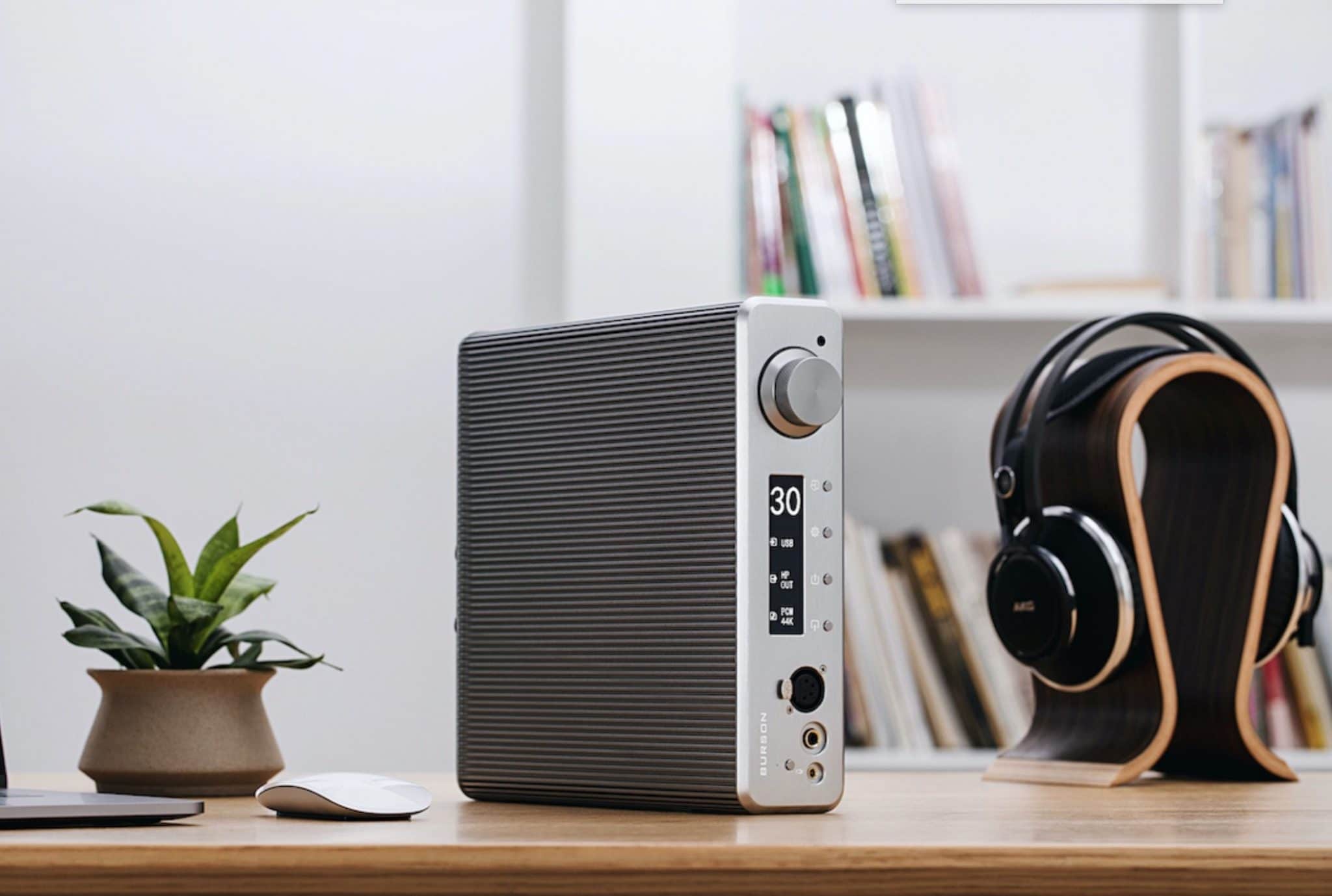
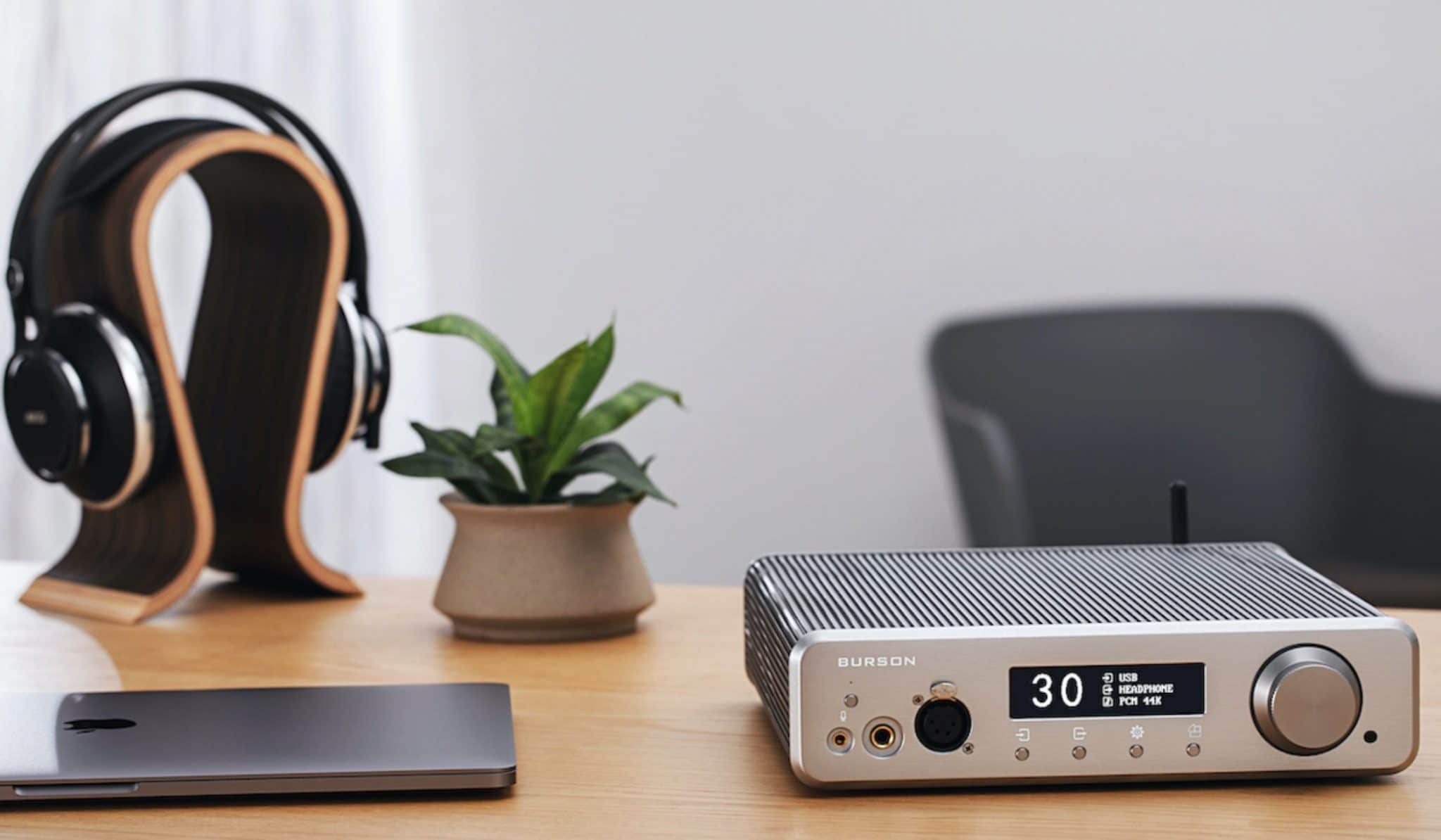
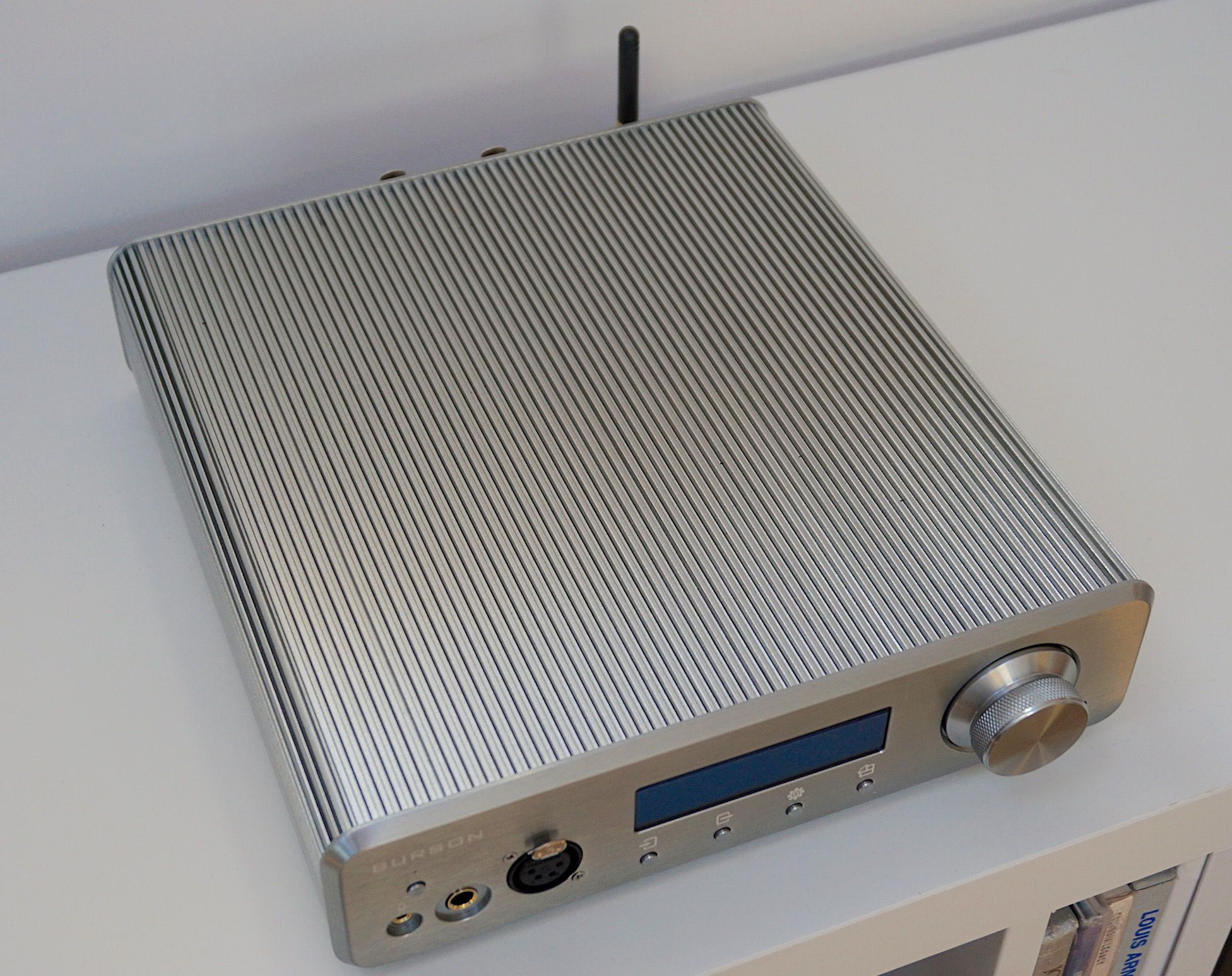
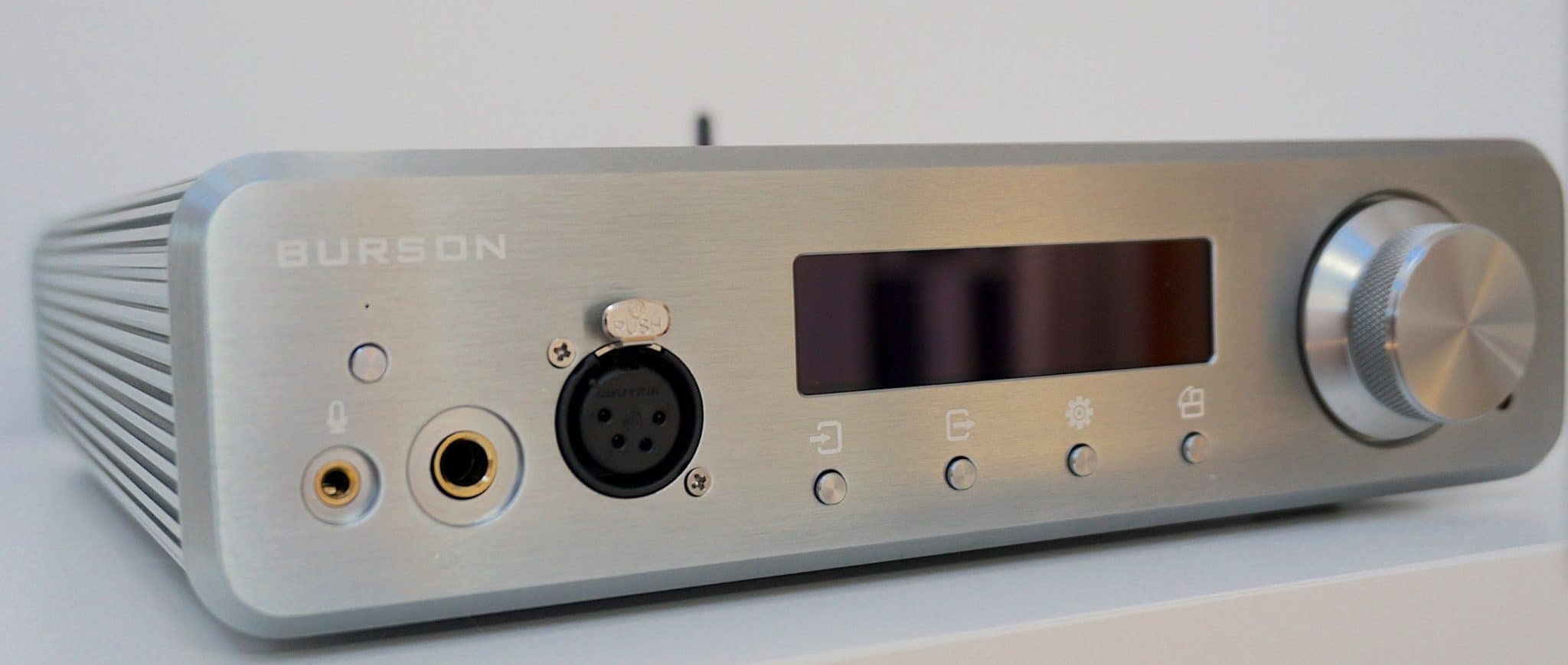

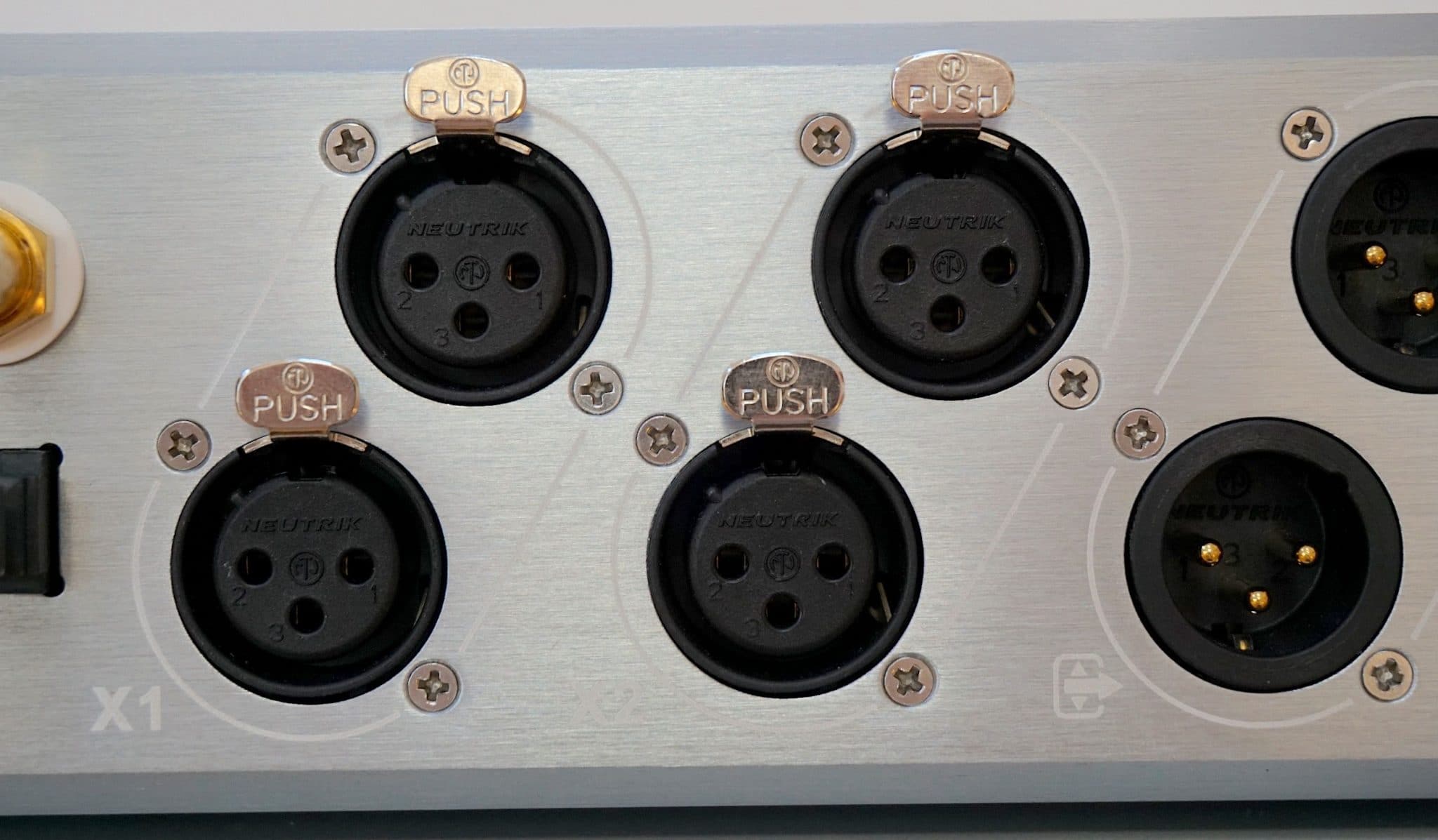
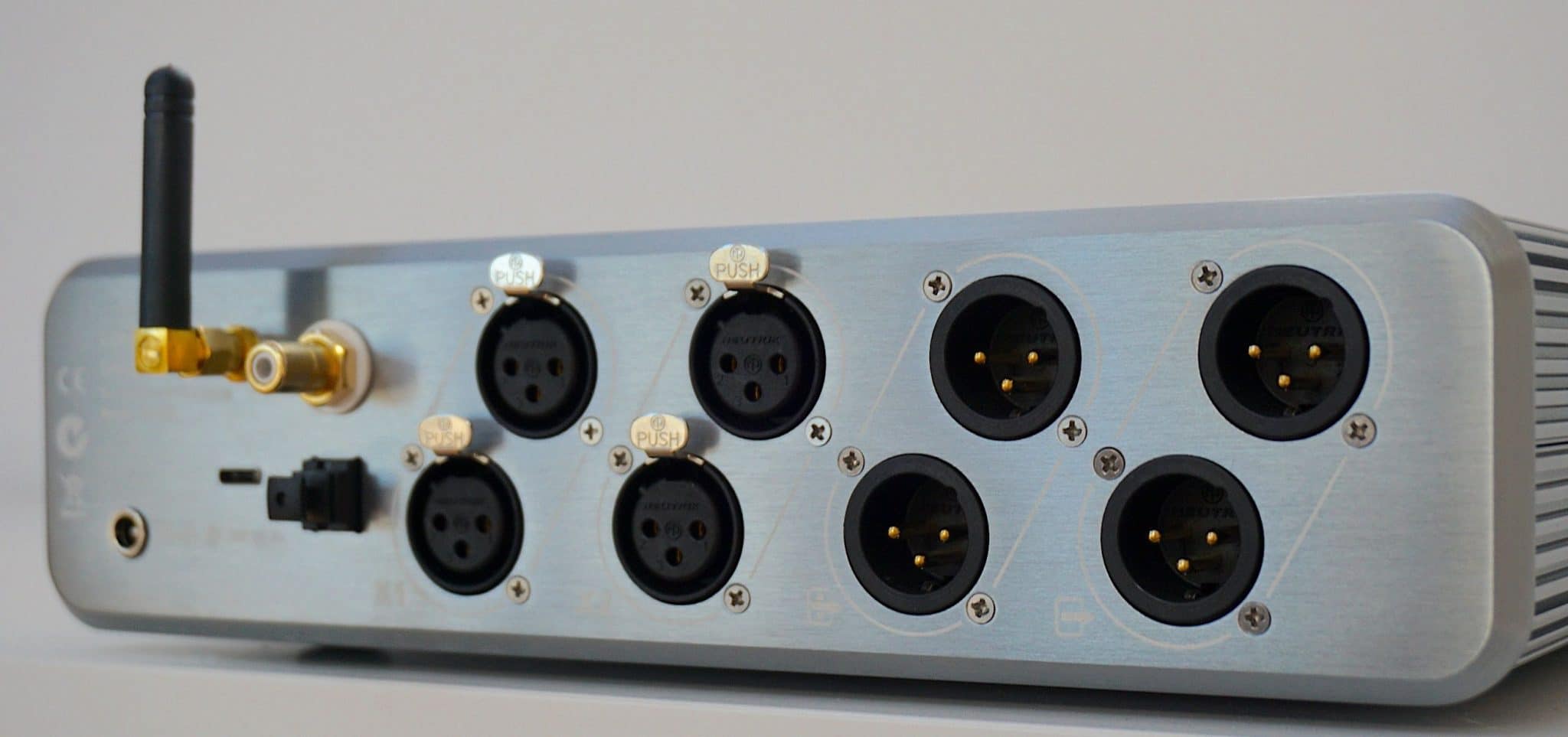
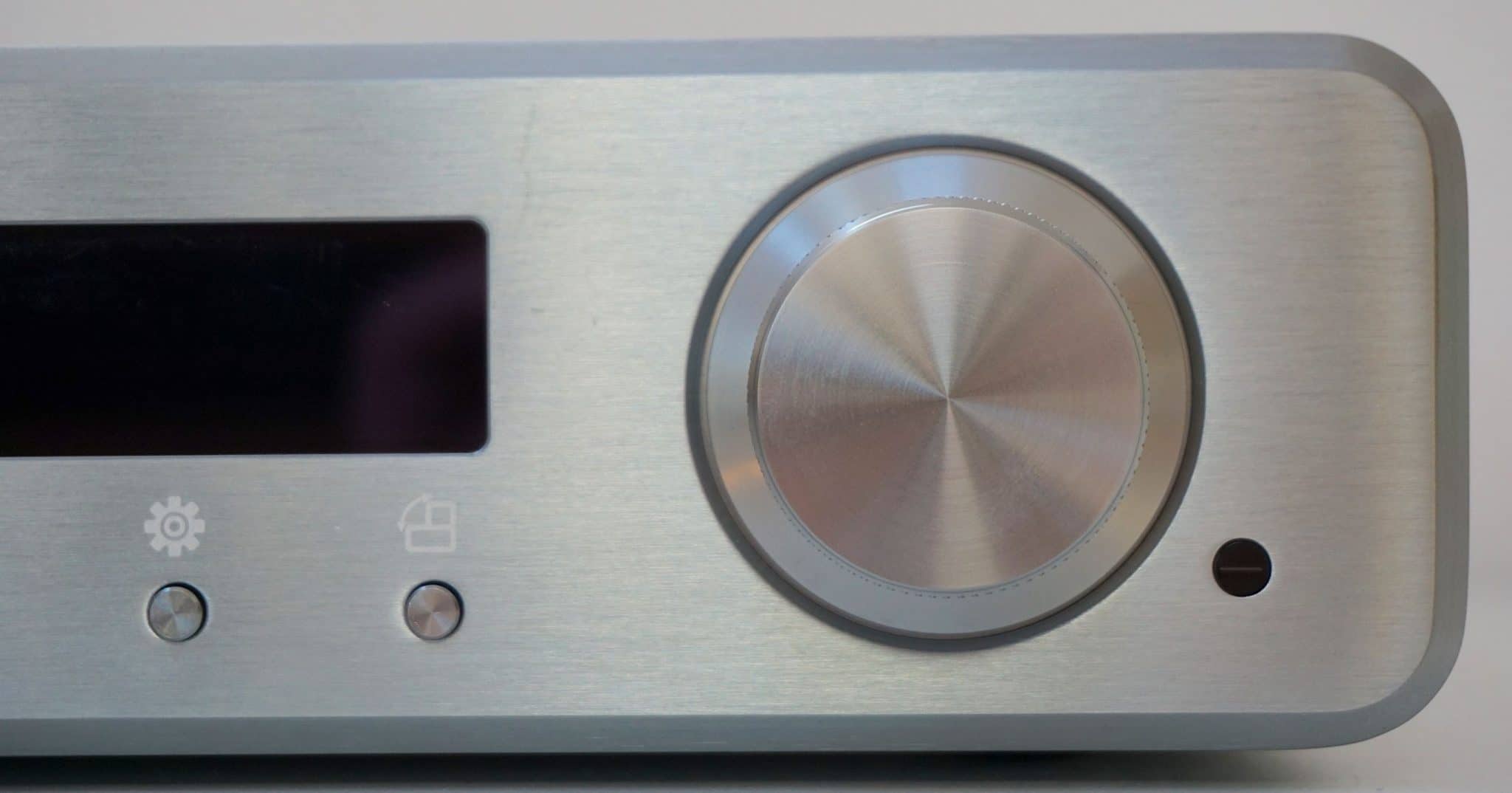

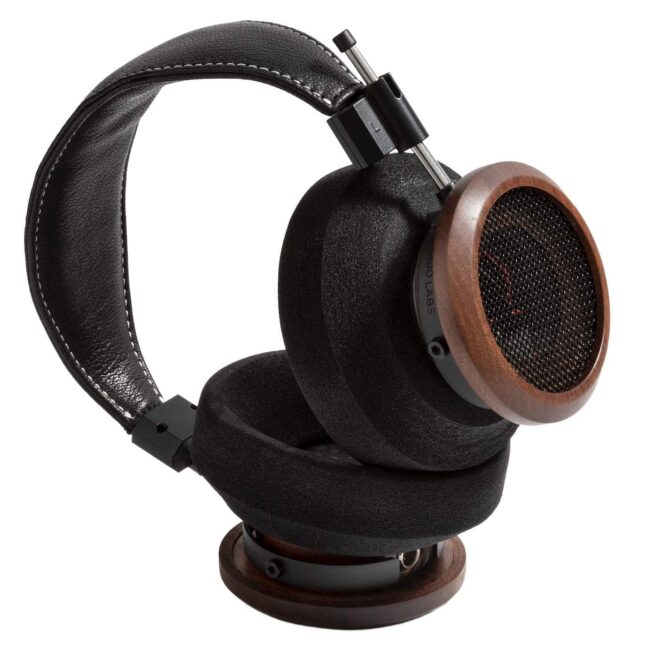
Hi Paul
I know this is kind of a late comment but my feed just presented this article to me probably because I was plundering the Burson website for info after my Conductor 3XP bit the dust. Hopefully temporarily.
I enjoyed the article but think you were a tad harsh.
The 3XP isn’t quite as complicated but I found no problems setting it up with the info provided by Burson online and the one issue I had (which was more to do with my streamer) was handled same day by Burson customer support who are excellent.
With respect, it’s kind of obvious that the cool case is a big heatsink and is not designed to feel cool. Just look at it.
Also having replacement Op Amps is incredibly useful as I have just found out while troubleshooting my problem. Burson actively encourage Op Amp rolling. It’s kind of their thing, and well known. Not everyone lives close to a dealer. Mine is nearly 3 hours away. So being able to do basic troubleshooting is very helpful.
As for filters, very few manufacturers give information about filters which isn’t clearly made up on the spot. Also, information doesn’t help. You have to listen, which is what you did.
Having said all that I do appreciate the article. It’s nice to see reviews and reviewers being critical. So many reviews simply tell us everything’s super and don’t touch on the flaws.
Yeah man, right on. That was an equitable response. You were able to adduce your universe of discourse and lived experience in an effortless, unfeigned manner, devoid of the prevailing knee-jerk reaction to lash out with an emotionally charged, ineffectual, scurrilous diatribe.
Now that was the most erudite reply I have ever read. Good job.